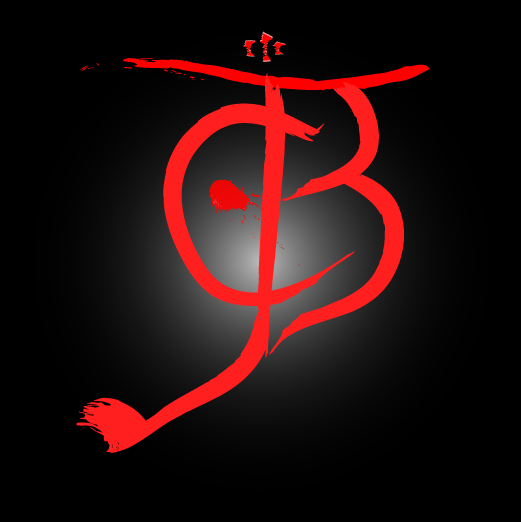
JCB's Ruminations on the Craft of Fiction #1
May 21, 2020
Welcome to "JCB's Ruminations on the Craft of Fiction." Here I hope to share my thoughts about the craft of fiction.
In this first "Ruminations," I want to talk about the old saw, "Show, don't Tell."
All storytelling is telling. It's in the name. "Show, don't Tell" usually just means don't interpret events for us, let us see what happens and we'll do the interpretation for you. If the character is frustrated, we'll see his frustration in his actions, and you don't need to tell us. In fact, we'll understand the nuances of his frustration and larger character much better if we see how he expresses that feeling: does he kick his dog? Or does he just clench a fist against his mouth and sit quietly stewing. But you still need to tell us that he kicked the dog or clenched his fist. For character, in general: Tell us what they do, which will show us who they are.
Sometimes you've just got to tell us things. It's ok to tell us that the character walked three blocks down the street. You don't have to show us every step along the way. The mystery of all of this is figuring out what to show and what can be left to telling. The answer always depends on the specific contours of your story and what is necessary to understand how it unfolds. Character decisions, motivations, obstacles, and actions that develop the plot should all, in general, be shown. Most anything else can be told in summary.
Next: On the "Rules" of POV